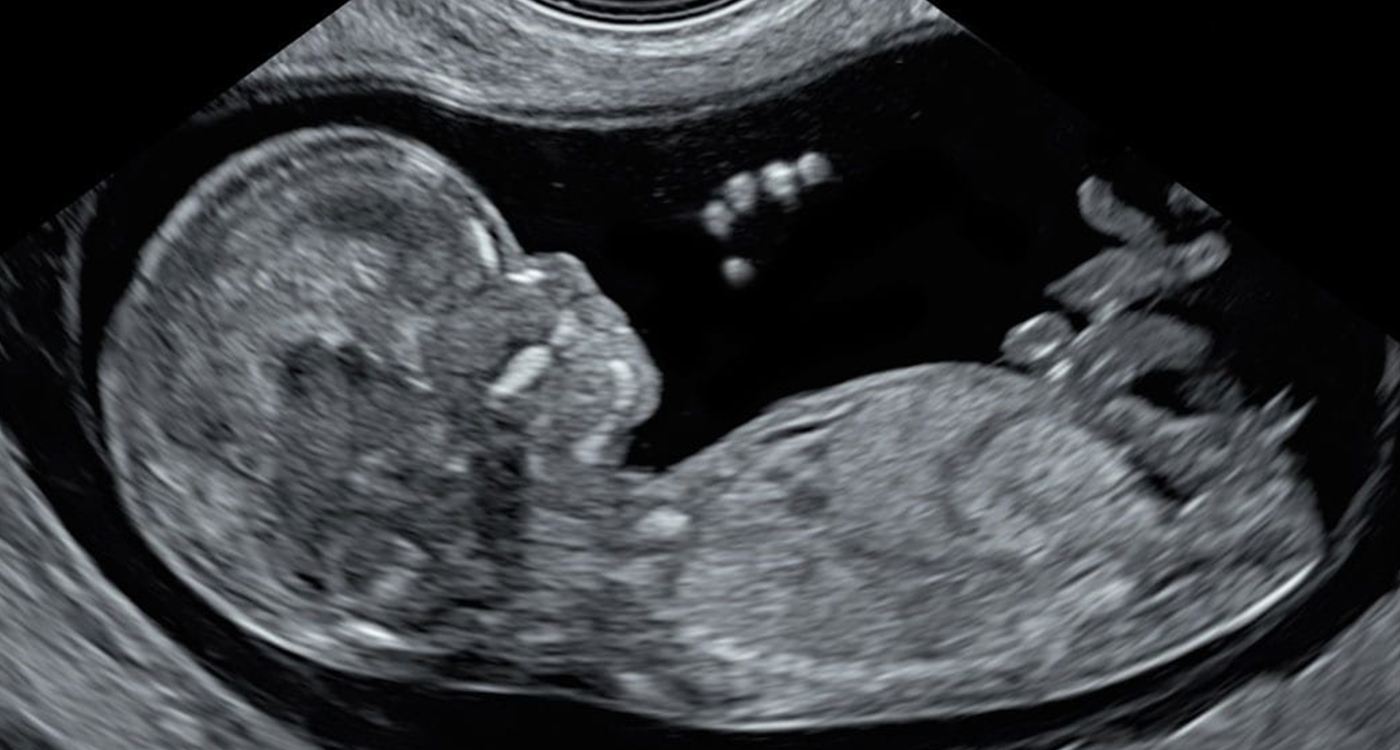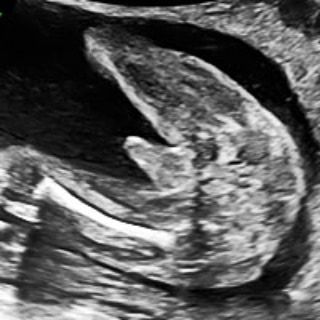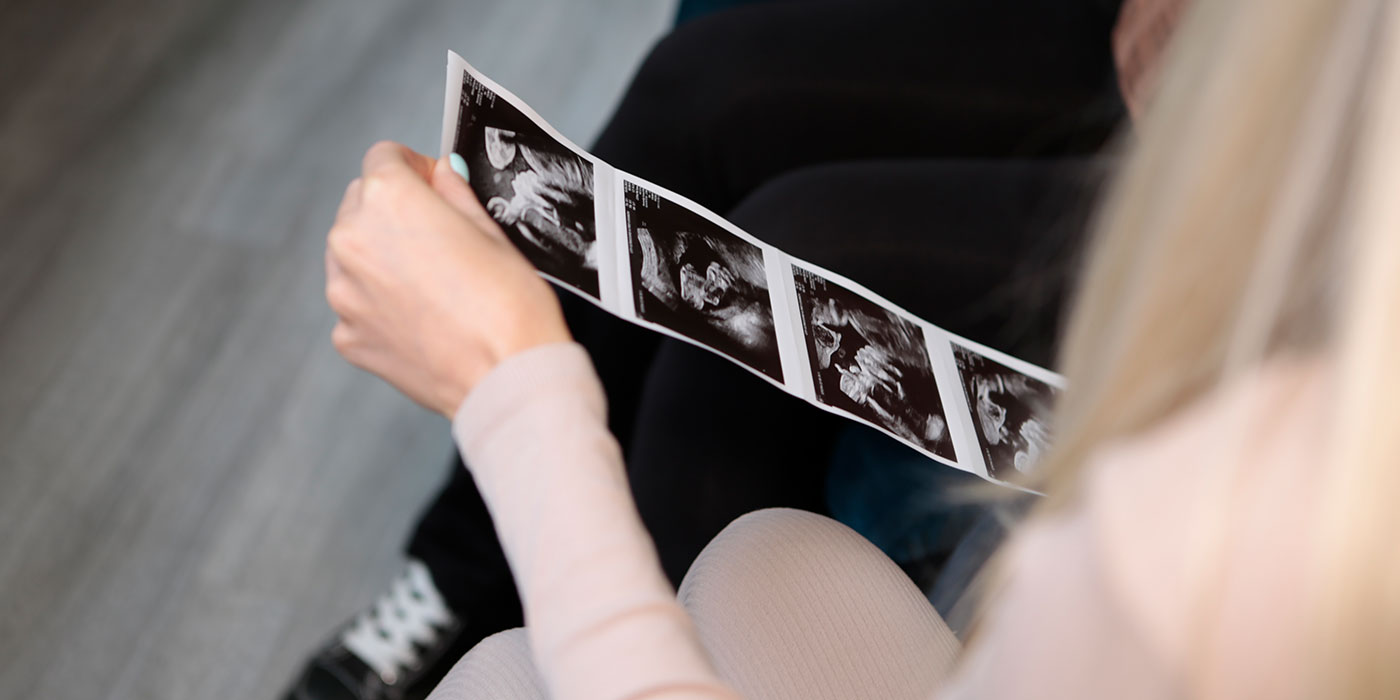The History of Ultrasound in Obstetrics and Gynaecology

The History of Ultrasound in Obstetrics and Gynaecology
Published
Tags
The world of medical imaging has seen transformative technologies over the years, and ultrasound stands tall as one of the most pioneering. This non-invasive imaging tool has become an indispensable asset in fetal medicine and gynaecology. Let’s delve deep into the history of ultrasound, understanding its workings and establishing its safety credentials.
The Dawn of Ultrasound in Medicine
The journey of ultrasound began in the early 20th century. Initially, it was utilised for industrial and marine purposes, primarily to detect submarines. It wasn’t until the 1950s that scientists began to recognise its potential in medical diagnostics. The foundational use in obstetrics was to detect and measure foetal size, growth and position, making it a pivotal tool for doctors.

Ultrasound’s Ascent in Fetal Medicine
The 1970s and 1980s were transformative decades for ultrasound. As technology advanced, the clarity and details of the ultrasound images improved exponentially. This led to its expanded role in foetal medicine. Doctors could now not only measure the size and position of the foetus but also identify structural abnormalities, understand foetal behaviour, and estimate gestational age with enhanced precision.
Screening for Down’s syndrome, congenital heart diseases, and neural tube defects became possible, marking ultrasound’s vital role in antenatal care. The ability to visualise the foetus in the womb has not only improved clinical outcomes but also allowed parents to establish an early bond with their unborn child.
Ultrasound’s Role in Gynaecology
Ultrasound in gynaecology has been revolutionary. From visualising ovarian cysts to diagnosing endometriosis, it offers a pain-free, non-invasive solution for women. The introduction of transvaginal ultrasound probes in the 1980s provided clearer, more detailed images of the uterus and ovaries, enhancing diagnostic precision.
How Does Ultrasound Work?
In layman’s terms, ultrasound uses high-frequency sound waves to produce images of structures inside the body. A device called a transducer is placed on the body, and it emits sound waves. When these waves hit a boundary between tissues, like between fluid and soft tissue, they bounce back. The returning echoes are translated by a computer into images displayed on a screen.
Is Ultrasound Safe for Humans?
One of the paramount reasons for ultrasound’s popularity is its safety. Unlike X-rays, ultrasound doesn’t use radiation. Over decades of use, there’s been no concrete evidence linking ultrasound to any harmful side effects, making it a preferred choice for examining pregnant women and their unborn babies.
However, like any medical procedure, it should be used judiciously and only when medically necessary. It’s comforting for patients to know that they’re in safe hands when undergoing an ultrasound.
In Conclusion
From its marine roots to the pinnacle of medical diagnostics, ultrasound has traversed a fascinating journey. Today, it stands as an emblem of innovation in fetal medicine and gynaecology, providing invaluable insights while ensuring patient safety. As technology continues to evolve, the horizon for ultrasound promises even more groundbreaking discoveries.







